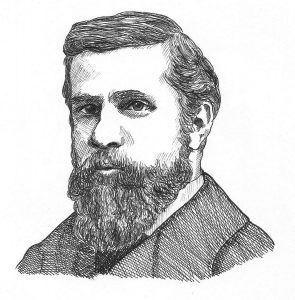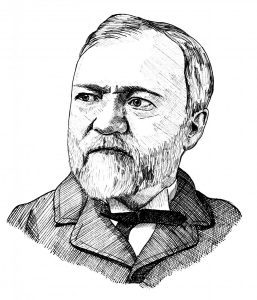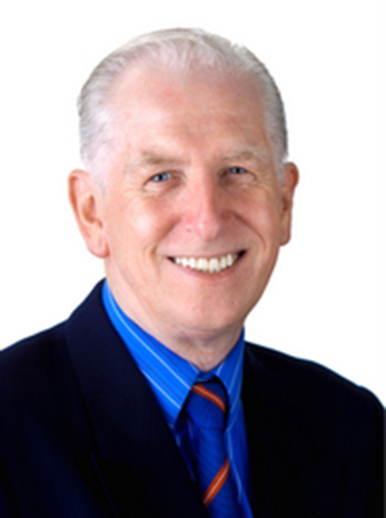by Dr Charles Margerison
A Case In Point

Other Examples
There were many other amazing people who overcame adversity to claim both personal and social victories.








Perception of Opportunities
Some people give up before they even start by saying a task is too difficult. Amazing people have a different mindset. They see adversity as a challenge to be overcome. Where others see problems, they see opportunities.




Action Implications
It is said, that those who think they can, usually do. They find ways of overcoming problems. They convert adversities into victories. So, what is your mindset? What problems can you solve if you start thinking positively and working on the issues. It will be the start of an amazing life.
(c) www.amazingpeopleworldwide.com


Dr Charles Margerison, President and founder of Amazing People Worldwide, is a Psychologist. He is also President of Amazing People Schools. Dr Margerison has consulted widely for major organizations in the fields of organizational and educational psychology. He was previously Professor of Management at Cranfield University, UK, and the University of Queensland, Australia. He founded Amazing People Worldwide in 2006 and is supported by a dedicated global team. He previously co-founded Emerald Publications, and Team Management Systems and has authored more than 30 books. Dr Charles is also the creator of ‘Can Do Kids Worldwide, a virtual music group that helps students to learn about countries and cultures through music. He has also developed Imagineland, for early learners. You can follow him on Linked in .
For more information, please email info@amazingpeopleworldwide.com
Websites:






Copyright © 2021. Amazing People Worldwide.
All Rights Reserved.
This site is protected by reCAPTCHA and the Google
Privacy Policy and Terms of Service apply.



